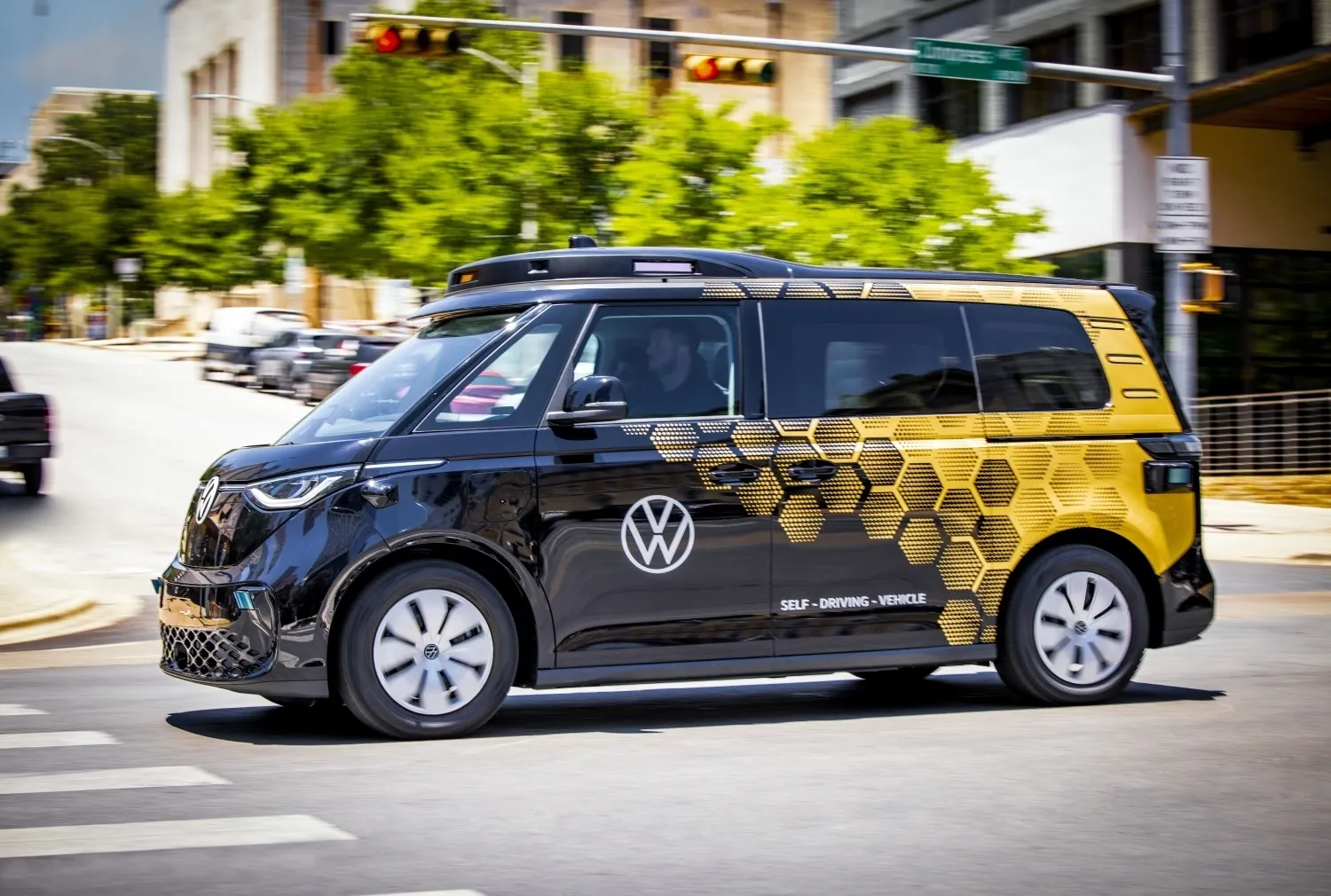The map is designed with the intention of providing a more precise solution than navigation systems and is said to be updated more rapidly, drawing on data from a growing list of partners across the automotive industry.
Christoph Grote, senior vice president electronics BMW, said: “The BMW Group has around ten million connected vehicles on the road. BMW Group vehicles fitted with the relevant sensors have been collecting real-time mobility information since 2015. For example, BMW vehicles can detect hazards and speed restrictions, and add this highly relevant information to on-board mapping ‘over the air'. Together with HD Live Map, we have essential building blocks for highly and fully automated driving in place for the long term. As we progress towards this point, we will be able to offer our customers further location-based services and driver assistance information later this year.”
BMW to switch to Here HD map for future self-driving vehicles
German-based BMW Group (BMW) has confirmed it will integrate Here’s HD Live Map into its self-driving cars from the beginning of the next decade to enable them to operate with level three and four automated capabilities. The project aims to enhance safety for drivers and passengers.
The map is designed with the intention of providing a more precise solution than navigation systems and is said to be updated more rapidly, drawing on data from a growing list of partners across the automotive industry.
February 22, 2018
Read time: 2 mins
German-based 6419 BMW Group (BMW) has confirmed it will integrate 7643 Here’s HD Live Map into its self-driving cars from the beginning of the next decade to enable them to operate with level three and four automated capabilities. The project aims to enhance safety for drivers and passengers.









